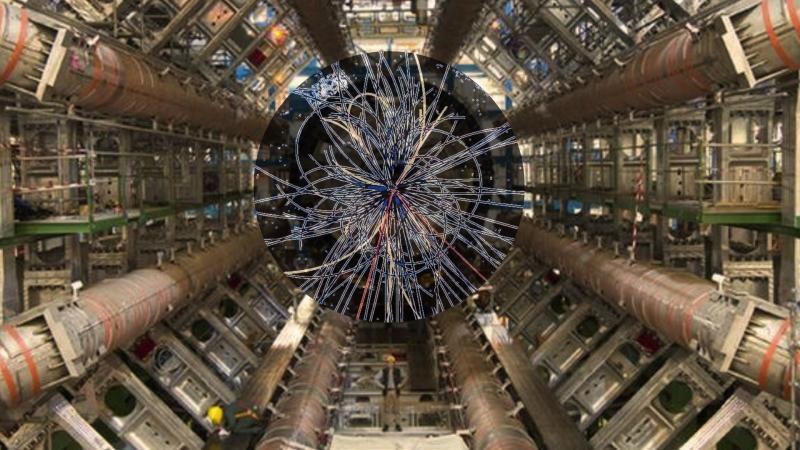
CERN Scientists Shedding Light on Antimatter & Universe’s Origins
For decades, scientists at CERN’s Large Hadron Collider (LHC) have been working tirelessly to unravel the mysteries of antimatter. The latest breakthrough in this quest has brought them a significant step closer to understanding the fundamental forces of nature and the early moments of the universe. Recently, the ALICE (A Large Ion Collider Experiment) collaboration confirmed the first-ever evidence of antihyperhelium-4, a finding that has sent shockwaves through the scientific community.
Antimatter: The Mysterious Counterpart of Matter
Antimatter, as its name suggests, is the counterpart of matter, comprising particles with opposite charges and spin. The concept of antimatter has long fascinated scientists, who have struggled to understand its role in the universe. For instance, if antimatter is just as abundant as matter, why is the universe dominated by matter? The answer lies in the imbalance between matter and antimatter, a phenomenon known as the matter-antimatter asymmetry.
The Large Hadron Collider: A Powerful Tool for Antimatter Research
The LHC, located at CERN in Geneva, Switzerland, is the world’s most powerful particle accelerator. It has been instrumental in uncovering the secrets of antimatter, allowing scientists to create and study exotic particles under extreme conditions. The collider accelerates protons to nearly the speed of light, causing them to collide at incredibly high energies, producing a vast array of particles and antiparticles.
ALICE Collaboration Confirms Antihyperhelium-4
The ALICE collaboration, a team of scientists from around the world, has spent years studying heavy-ion collisions at the LHC. These collisions involve the collision of two heavy ions, such as lead or gold, at incredibly high energies. The resulting debris provides a glimpse into the early universe, allowing scientists to recreate conditions similar to those that existed just after the Big Bang.
The latest breakthrough came when ALICE scientists analyzed data from heavy-ion collisions at the LHC. They discovered evidence of antihyperhelium-4 (AHe4), a particle that is the antimatter counterpart of helium-4 (He4). This finding is significant because antihyperhelium-4 is a rare and exotic particle that has not been observed before.
Implications for Our Understanding of the Universe
The discovery of antihyperhelium-4 has far-reaching implications for our understanding of the universe. By studying this particle, scientists can gain insights into the fundamental forces of nature, including the strong and weak nuclear forces, and the electromagnetic force. These forces govern the behavior of particles and the structure of matter itself.
Moreover, the study of antimatter can shed light on the early universe, offering clues about the matter-antimatter asymmetry. According to the Standard Model of particle physics, the universe should have been dominated by antimatter in the early stages of its formation. However, this is not the case, as we observe that matter dominates in our universe. The discovery of antihyperhelium-4 may provide a better understanding of why this asymmetry occurred.
Conclusion
The discovery of antihyperhelium-4 by the ALICE collaboration at CERN’s Large Hadron Collider is a significant breakthrough in the study of antimatter. This exotic particle offers scientists a unique window into the fundamental forces of nature and the early moments of the universe. As researchers continue to study antimatter, they will uncover more secrets about the universe, ultimately helping us better understand the laws of physics that govern our reality.
Source:
https://researchmatters.in/news/exotic-antimatter-spotted-heavy-ion-collisions-lhc
Note: The above article is based on the news source provided and is intended to provide a comprehensive overview of the topic. The content is meant to educate and inform readers, and is not intended to be used for scientific purposes or to provide expert opinions.






